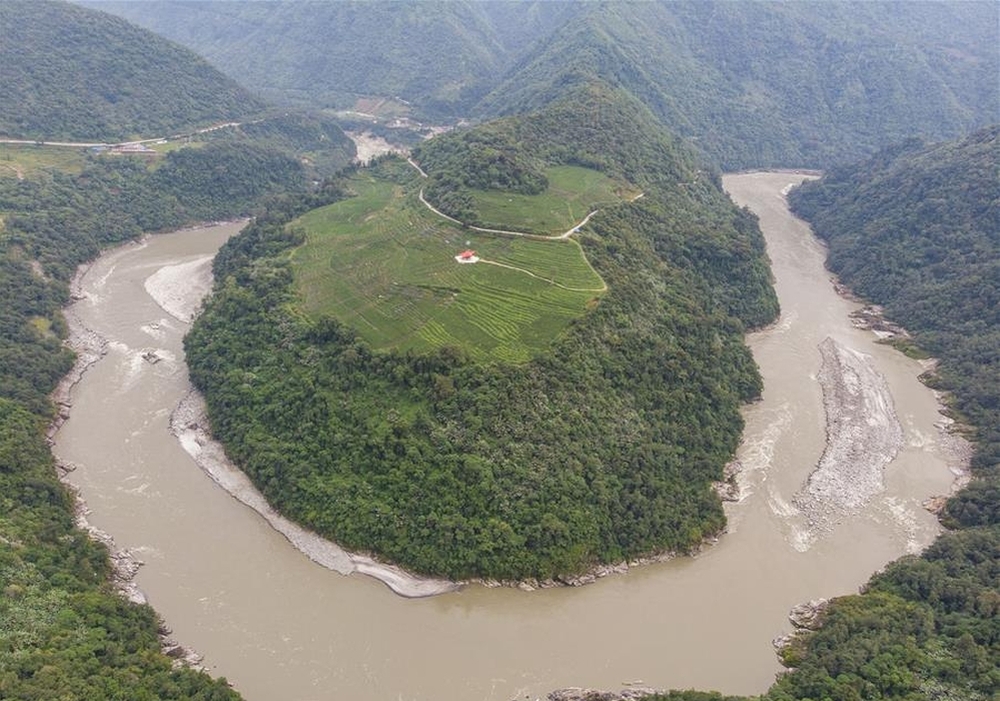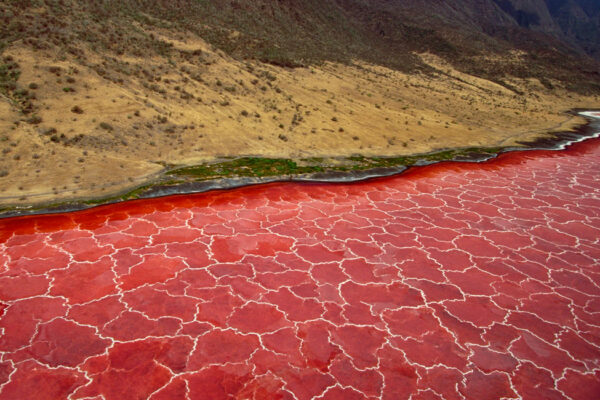China’s Plan To Built a Mega Dam in Tibet Worries Environmentalists and India
China’s plan to build a mega hydroelectric dam in Tibet has sent shock waves to the environmentalists and its neighbor India alike. The projected dam to be made on Yarlung Tsangpo River is expected to produce around 300 billion kilowatts of electricity. Its capacity is going to be three times more than the Three Gorge, the largest power station in the world.
The river originates from Angsi Glacier in Tibet and flows through China, Arunachal Pradesh and Assam states of India, and merges with Padma (Ganges) river in Bangladesh, and finally flows into the Bay of Bengal. It is the ninth largest river in the world and provides drinking water to an estimated 1.8 billion people in China, India, and Bhutan.
It has been mentioned in China’s 14th five-year plan (2021-2025) that was unveiled in March. The dam is set to be constructed in Medog County that has a population of around 14,000 people. The Chinese government has approved this downstream dam that is to be constructed on the lower reaches of the river, 30 kilometers away from the Indo-China border. However, the plan did not mention much about a timeframe, budget, and other details.

China’s plan to build a mega hydroelectric dam in Tibet has sent shock waves to the environmentalists and its neighbor India alike | Image: Xinhua
The ambitious dam has drawn criticism as it is going to affect the quality of water, ecological balance, and flood management of India. Furthermore, the dam is very likely going to force the population of Medog County to relocate. The Three Gorge dam had displaced about 1.4 million inhabitants and people are expecting the same from this new dam.
Senior Fellow and Director, non-profit Stimson Center Brian Eyler said,
Building a dam the size of the super-dam is likely a really bad idea for many reasons. Besides being known for seismic activity, the area also contains unique biodiversity. The dam would block the migration of fish as well as sediment flow that enriches the soil during seasonal floods downstream.
The dam is very likely to impact farming in downstream areas as it is going to hold back a massive amount of silt. Experts have also claimed that the dam could reduce the water flow downstream especially during the dry season. Being vulnerable to earthquakes and other seismic activities, such a massive dam is very likely to pose threat to the downstream populations.
The projected dam could have a disastrous impact on the ecology of the Himalayan region. The ecosystem in the Himalayan region is already declining and several species of flora and fauna are endangered while others are endemic. Building such a huge infrastructure will harm this region.
On the other hand, India is worried that the release of water during the monsoon season when states like Assam experience floods could make the matters worse.
Via: Phys.org


